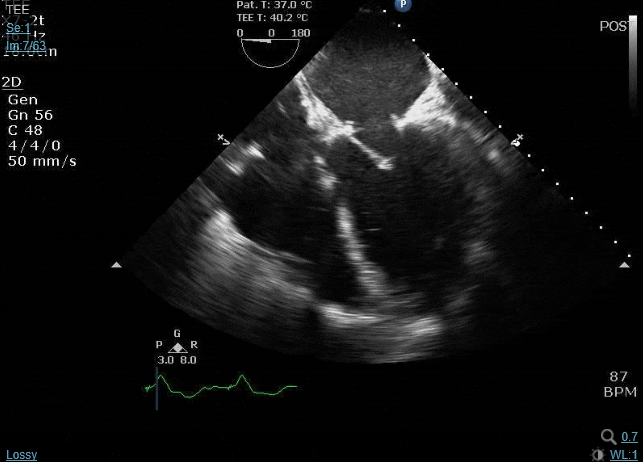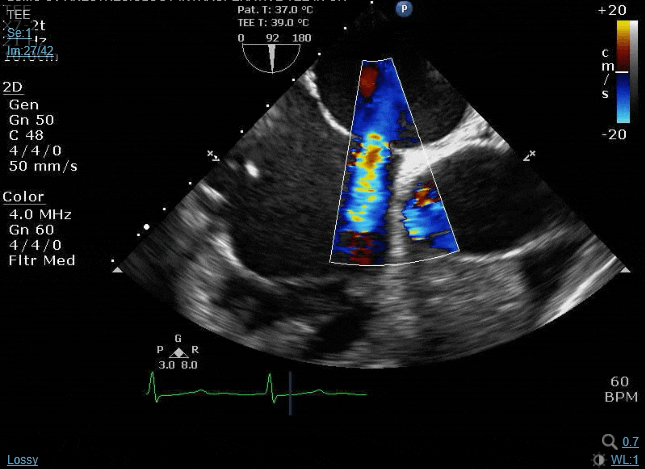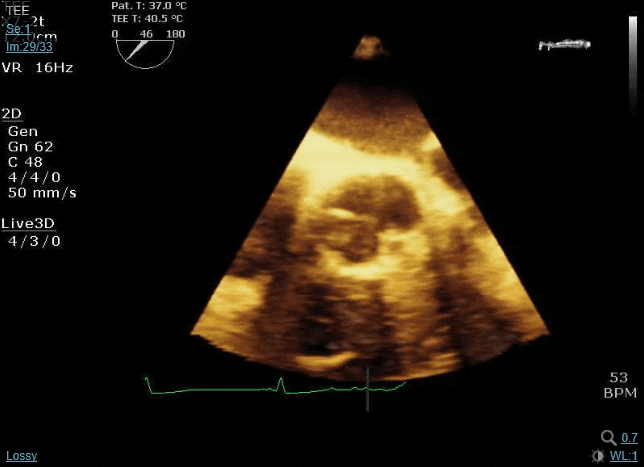- Joined
- Dec 22, 2018
- Messages
- 583
- Reaction score
- 1,615
- Points
- 1,276
- Attending Physician
re: @vector2 's case, at first glance I thought you were giving us an off-axis cut (as opposed to a true mid-pap) with the AL pap muscle, and chordal tissue above the PM pap... That being said, the chords do look a bit too hyperechoic. My guess was gonna be neochords placed as part of the MVr, with resection (as opposed to sparing) of the native chordal apparatus leading to altered LV/septal geometry, thus impacting RV function... But not super confident about that assessment without additional views, since the stuff in your second clip looks a bit too hyperechoic for necochords (unless your surgeons are using different material than what I'm used to seeing)




